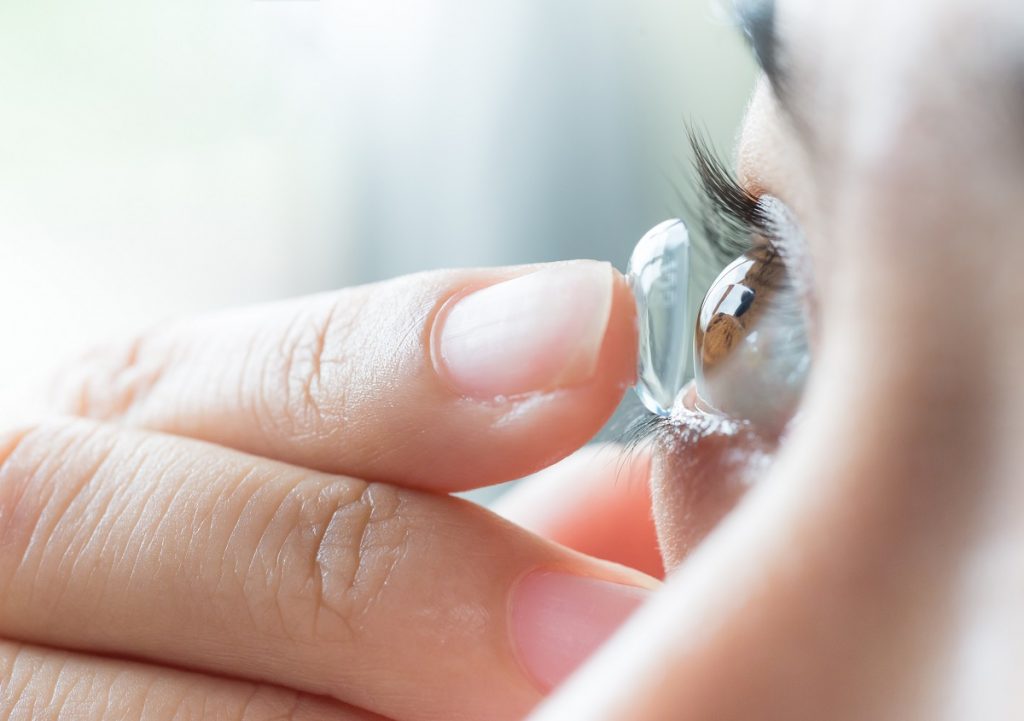
In our last blog post, the Laser Eye Center team introduced the concept of monovision for the correction of presbyopia. After fielding some questions from interested candidates, we thought it would be helpful to provide a more in-depth look at what monovision accomplishes and what you can expect from it.
What Does Monovision Do?
Monovision is an appealing option if you have presbyopia and want good visual acuity at all ranges without constantly relying on reading glasses.
The name “monovision” is slightly misleading because both eyes must work together to see clearly at different distances. The vision in one eye — usually the dominant eye — is corrected to see faraway objects clearly and the vision in the other eye is corrected to see nearby objects clearly. Although it may seem unusual for the eyes to have two different focusing powers, the brain adjusts very quickly to interpret visual information and provide clear, blended vision.
Most people adapt easily to monovision. Once the eyes and visual center of the brain have adjusted, the brain slightly suppresses the out-of-focus eye. If you look at a faraway object with your “distance eye,” your brain partially suppresses vision in the near eye so your distance eye takes over, and vice versa. It is virtually impossible to tell which eye is corrected for near vision and which eye is corrected for distance vision when both of your eyes are open.
Monovision can be accomplished either by wearing contact lenses with two different powers or by reshaping the corneas with laser refractive surgery. Many patients prefer the convenience of laser surgery to the care and upkeep of contacts. Our team will recommend the option that is right for you based on a comprehensive evaluation of your eyes and an in-depth discussion of your needs. If you opt for refractive surgery, we usually recommend “previewing” the effects of monovision with the use of contact lenses for a short period of time.
What to Expect with Monovision
Monovision works well for many of our patients. However, a subset of patients have reported visual fatigue or eye strain after prolonged periods of close-up work (e.g., reading small print, sewing). Our eye doctors can prescribe reading glasses to help read fine print and minimize the occurrence of fatigue or strain in such cases.
Also, some patients with monovision experience glare or similar visual disturbances when driving at night. But they usually welcome the trade-off for the excellent vision they achieve with reduced dependence on glasses.
Is Monovision Right for You?
Like any vision correction solution, we welcome you to a complimentary consultation to learn about whether monovision is right for you, taking into account your unique needs. As a popular procedure, it is worth a conversation with our vision experts to learn how you may benefit from monovision. Call or email our team today to request more information about monovision.
Schedule your free consult today
Click here to learn moreGet started on your journey to clearer, crisper vision with Laser Eye Center™. Our expert team of doctors are trained and skilled in the latest technology and methods for laser vision correction. To learn more about our state-of-the-art All Laser LASIK technology or about All Laser LASIK itself, contact us today. Schedule your FREE All Laser LASIK consultation by calling today.

